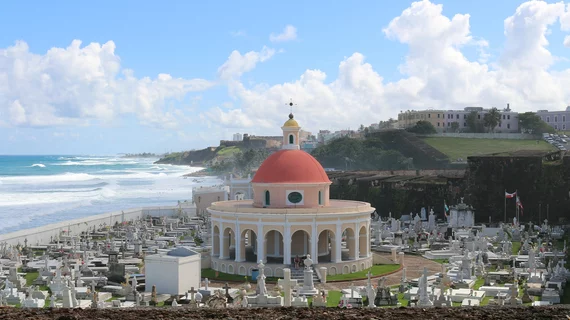Hurricane Maria death toll closer to 3,000
While the official death toll of Hurricane Maria, which devastated Puerto Rico in September 2017, was estimated at 64 people, the actual count may be closer to 3,000, according to a new, independent study.
Lower income areas of the island faced higher mortality rates, as did the elderly male population.
An estimated 2,975 people died from September 2017 through February 2018 as a result of Hurricane Maria, the study by George Washington University’s Milken Institute School of Public Health found. The study was commissioned by the government of Puerto Rico and reveals that original federal government estimates were extremely low. Puerto Rico Gov. Ricardo Rosello has accepted the new figure as the official death toll.
“The official government estimate of 64 deaths is low primarily because the conventions used for causal attribution only allowed for classification of deaths attributable directly to the storm, e.g., those caused by structural collapse, flying debris, floods and drownings,” the study reads.
Physicians were also unprepared and unaware of appropriate death certification practices after a natural disaster, impacting mortality rates, according to the analysis. Communication issues also muddled the death certification and registration process, as well as delays in reporting death registration.
Over the same time period, Puerto Rico lost approximately 8 percent of its population, largely from migration of displaced individuals. Mortality rates slowly decreased until August 2017, before increasing from September 2017 through February 2018. Approximately 40 percent of all municipalities saw “significant increases” in mortality during the study period.
The report also makes several recommendations, including beefing up communication channels for emergency preparedness and leadership roles.

